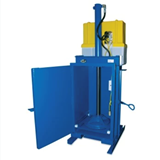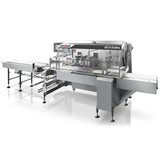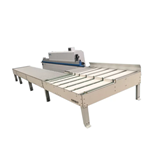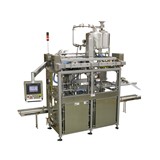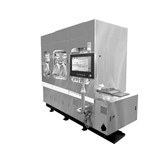The National Waste Policy was passed in response to significant increases in waste, along with a transition to more complex goods that are difficult to recover from discarded products.
The goals of the policy include:
- Avoid the generation of waste, reduce the amount of waste (including hazardous waste) for disposal
- Manage waste as a resource
- Ensure that waste treatment, disposal, recovery and re-use is undertaken in a safe, scientific and environmentally sound manner, and
- Contribute to the reduction in greenhouse gas emissions, energy conservation and production, water efficiency and the productivity of the land
There are numerous ways manufacturers can reduce waste to help meet benchmarks. Companies need to create a plan, build the infrastructure for waste management programmes, and ensure daily protocols are followed.
Isolate the source
The first step in reducing manufacturing waste is to isolate which waste is produced and identify where it came from. Study the flow of materials and then create a reduction plan.
Buy-in from both management and employees is critical, as no protocol will be effective if it isn't supported.
Build your waste management infrastructure
This step will vary based on priorities and the type of waste in the plant. However, the plan needs clear goals and objectives. Reduction measures will require the use of recycling/remanufacturing services, finding sources of recycled products, creating locations for waste-to-recycle collection systems and more.
In most cases, new protocols will be needed for employees to move products from a waste stream to a recycling or re-use process. The following opportunities for waste reduction will help guide the planning and infrastructure stages.
Tranisition to reusable packaging
One big area of potential waste is packaging materials. Manufacturers have the ability to work with suppliers and customers on reduce- and re-use programs.
Opportunities include looking for ways to reduce packaging, transitioning to reusable containers, reusing pallets, finding ways to return excess packaging to suppliers for re-use, and working with customers to do the same.
Rely on used machinery
There are economies that can be gained from upgrading equipment and automating processes. However, there is also the potential for major waste. When feasible, look to acquire remanufactured equipment, be it in the office, plant floor, or in the field.
A plant's old equipment may no longer work in their setting, but that doesn't mean machinery should be discarded. Even prior to recycling or selling as scrap, companies need to research the remanufacturing market for their used machinery.
Reduce paper waste

While manufacturers have bigger issues, most have a significant presence of office staff. A few changes can lead to marked waste reduction:
- Buy recycled paper
- Re-use paper (note pads etc) when possible
- Recycle used paper
- Move to paperless records management
- Keep mailing lists current
- Utilise reusable envelopes for in-house distribution
- Email memos instead of distributing paper versions
Encourage customers to reduce waste
This will vary based on the type of plant, but most products are shipped with excess packaging. In addition to the aforementioned efforts to reuse packaging supplies, manufacturers should utilise recyclable packaging and include recycling instructions for their customers.
Buy recycled products
This isn't always an option, but reusing items is certainly preferable to recycling. This could be as simple as using refilled toner cartridges, or using retread tires or buying carpet made from recycled fibres.
The final step in the waste management process will be ensuring protocols are followed. This will include an educational component for employees, followed by compliance tracking and monitoring. Expect some resistance, but a clear message with expected outcomes will help manufacturers with waste reduction efforts.

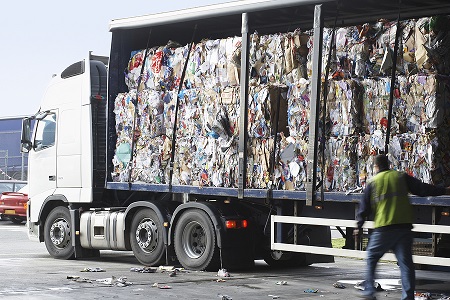



-160x160-state_article-rel-cat.png)


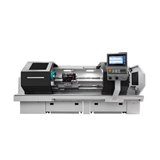

-160x160-state_article-rel-cat.png)

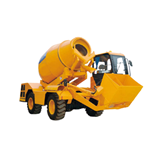

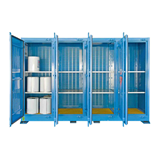

-160x160-state_article-rel-cat.png)
